Optimal Timing for Waterproofing Applications
Waterproofing is a crucial process to prevent water intrusion and protect structures from moisture damage. The timing of waterproofing applications can significantly influence their effectiveness and longevity. Properly scheduled waterproofing can extend the lifespan of a building and reduce maintenance costs over time.
Spring offers moderate temperatures and dry conditions, ideal for applying waterproofing materials before heavy rains.
Summer provides warm weather, but high humidity and rain can interfere with curing processes.
Fall is suitable due to cooler temperatures and less precipitation, allowing for effective application before winter.
Winter is generally not recommended due to freezing temperatures and moisture risks, which can compromise waterproofing results.
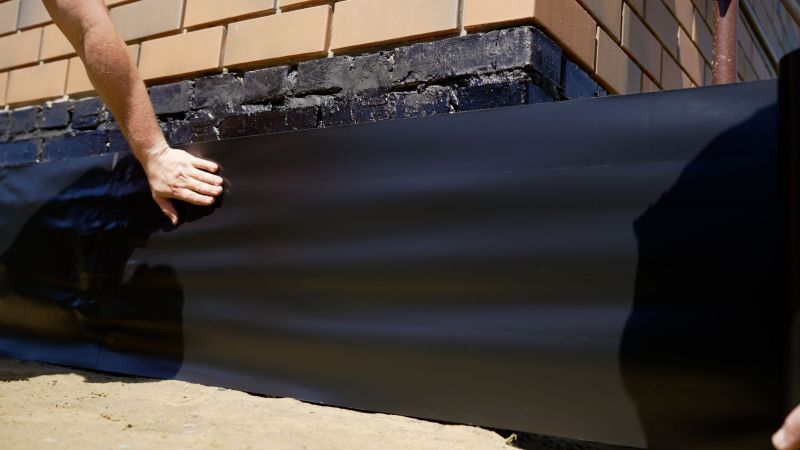
Ways to make Waterproofings work in tight or awkward layouts.

Popular materials for Waterproofings and why they hold up over time.
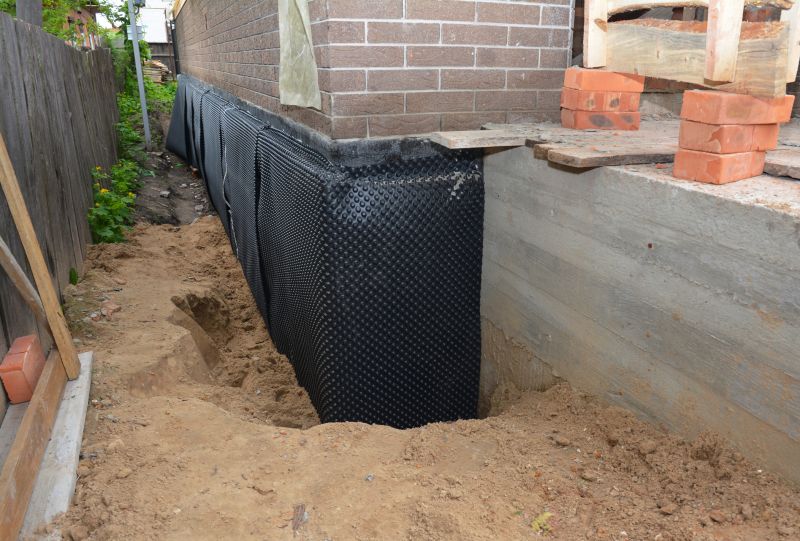
Simple add-ons that improve Waterproofings without blowing the budget.

High-end options that actually feel worth it for Waterproofings.
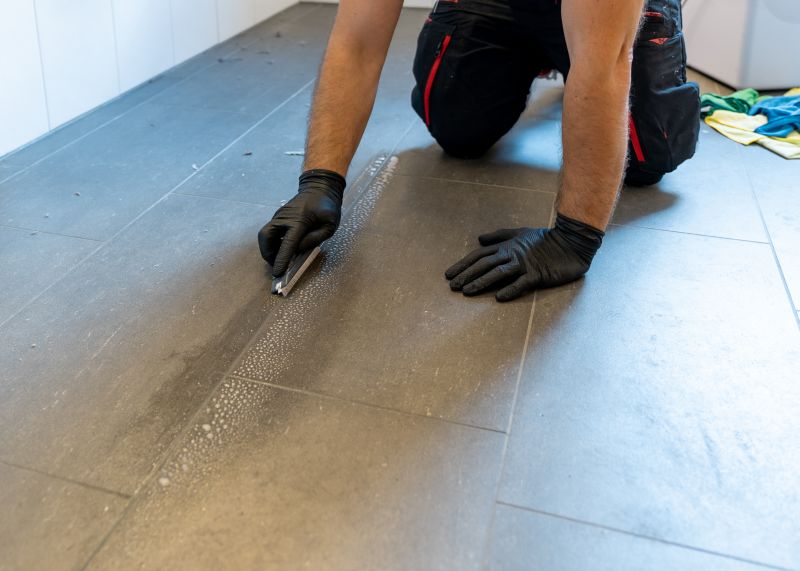
Finishes and colors that play nicely with Waterproofings.

Little measurements that prevent headaches on Waterproofings day.
Waterproofings involve applying specialized materials to prevent water penetration in foundations, roofs, and walls. These systems are essential for maintaining structural integrity and preventing issues such as mold, rot, and water damage. The effectiveness of waterproofing depends on proper timing, surface preparation, and material selection.
Statistics indicate that waterproofing can reduce water-related damages by up to 80 percent when correctly implemented. Regular inspections and timely applications are vital for ensuring ongoing protection, especially before seasons with high moisture exposure. Properly timed waterproofing can also minimize disruptions and costs associated with repairs caused by water intrusion.

A 60-second routine that keeps Waterproofings looking new.
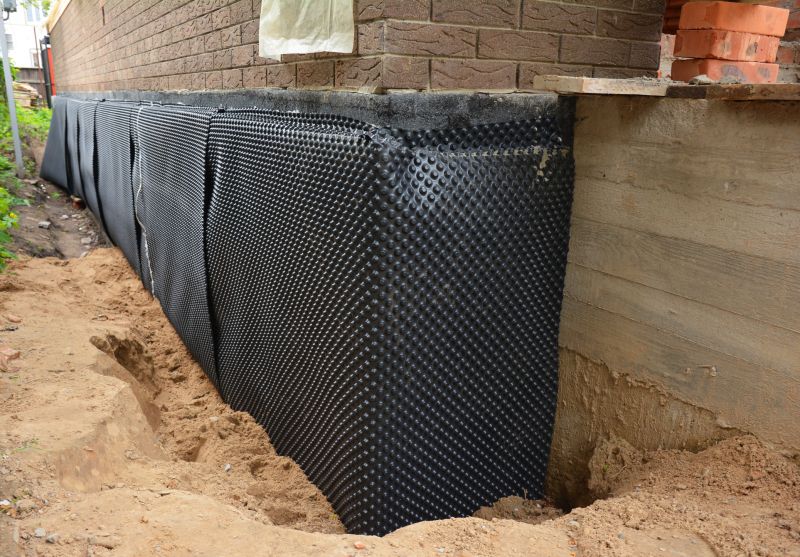
A frequent mistake in Waterproofings and how to dodge it.
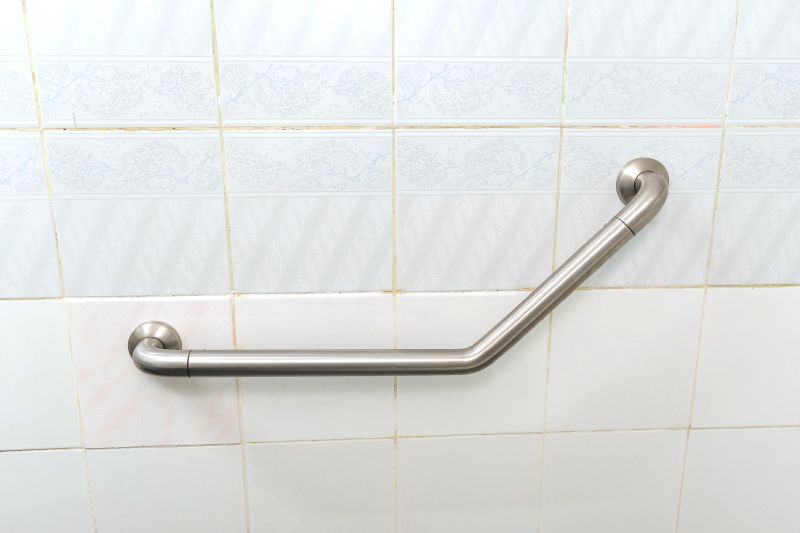
Small tweaks to make Waterproofings safer and easier to use.
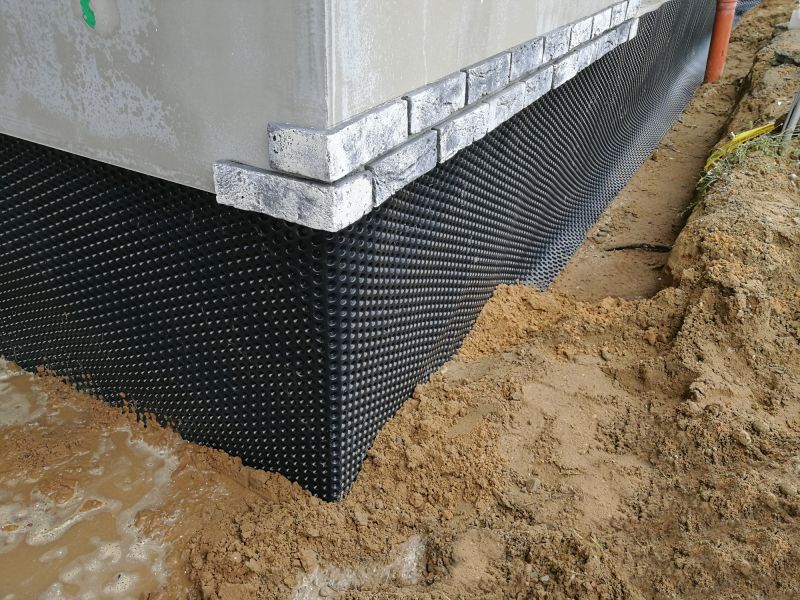
Lower-waste or water-saving choices for Waterproofings.
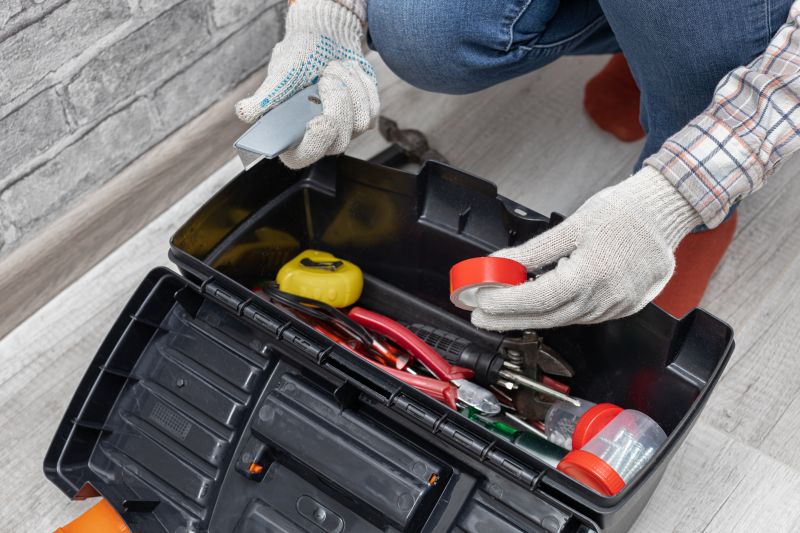
The short, realistic tool list for quality Waterproofings.

Rough timing from prep to clean-up for Waterproofings.
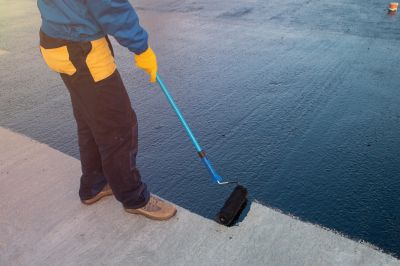
Quick checks and paperwork to keep after Waterproofings.
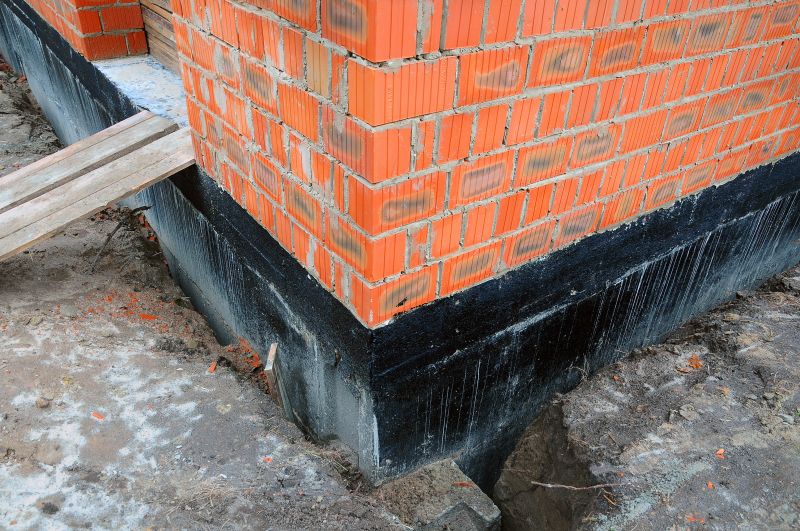
Examples that show the impact a good Waterproofings can make.
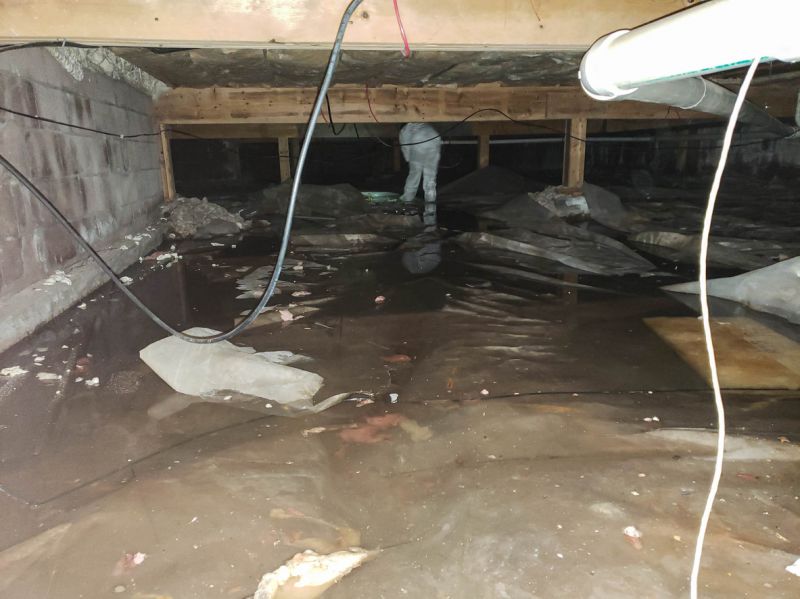
Ways to make Waterproofings work in tight or awkward layouts.
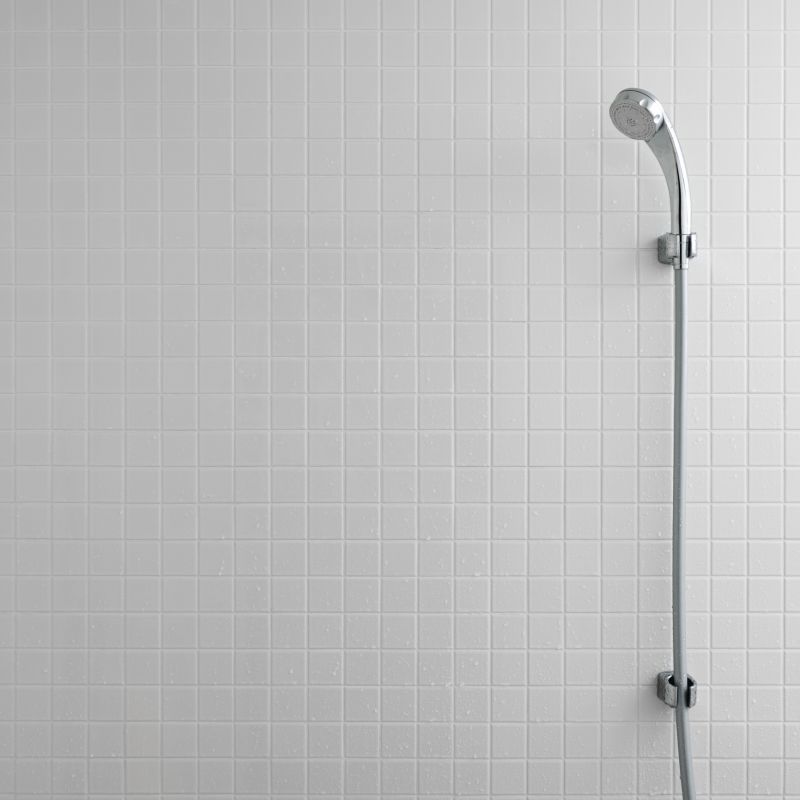
Ways to make Waterproofings work in tight or awkward layouts.
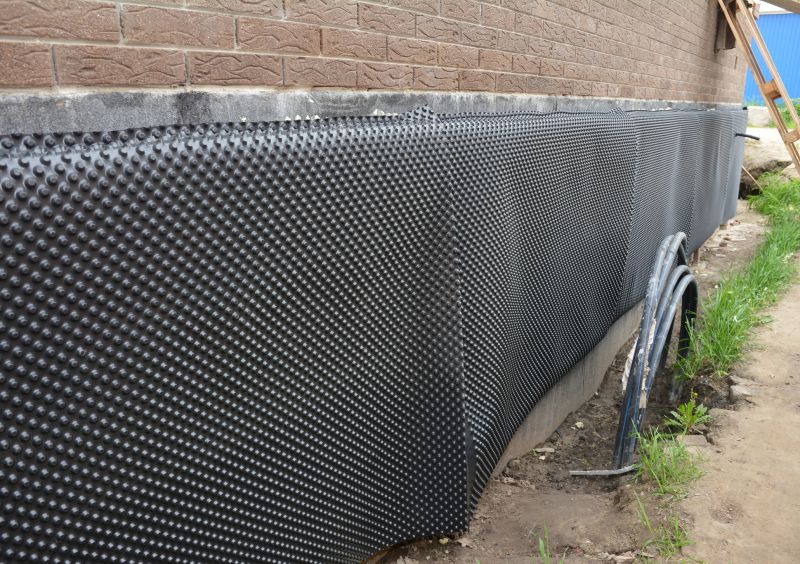
Ways to make Waterproofings work in tight or awkward layouts.
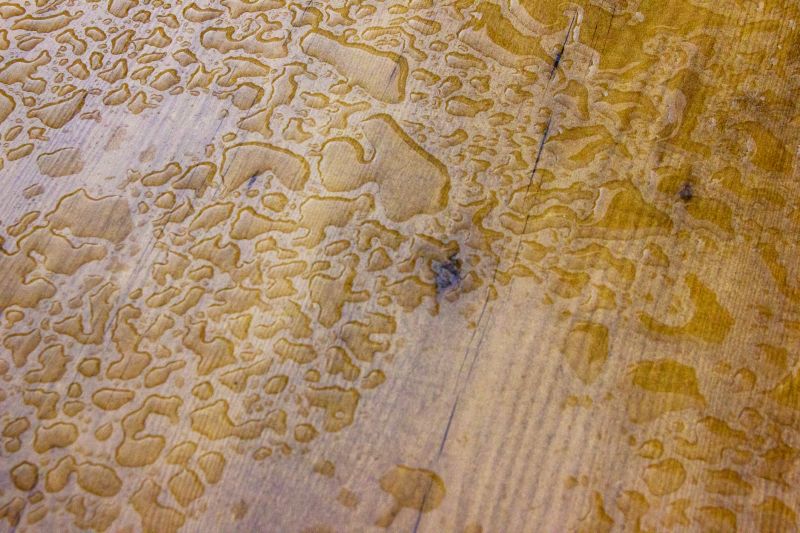
Ways to make Waterproofings work in tight or awkward layouts.
| Season | Recommended Waterproofing Timing |
|---|---|
| Spring | Apply before heavy rains and rising temperatures. |
| Summer | Ideal early summer, avoiding peak humidity. |
| Fall | Best before winter temperatures drop significantly. |
| Winter | Generally not recommended due to freezing conditions. |
Choosing the optimal time for waterproofing depends on local climate conditions and project-specific factors. Planning ahead ensures materials cure properly and provides maximum protection during periods of high moisture exposure. Consulting with waterproofing specialists can help determine the best schedule for each property.
For those interested in waterproofing services or seeking further guidance on timing and materials, filling out the contact form can provide tailored advice and scheduling options.


